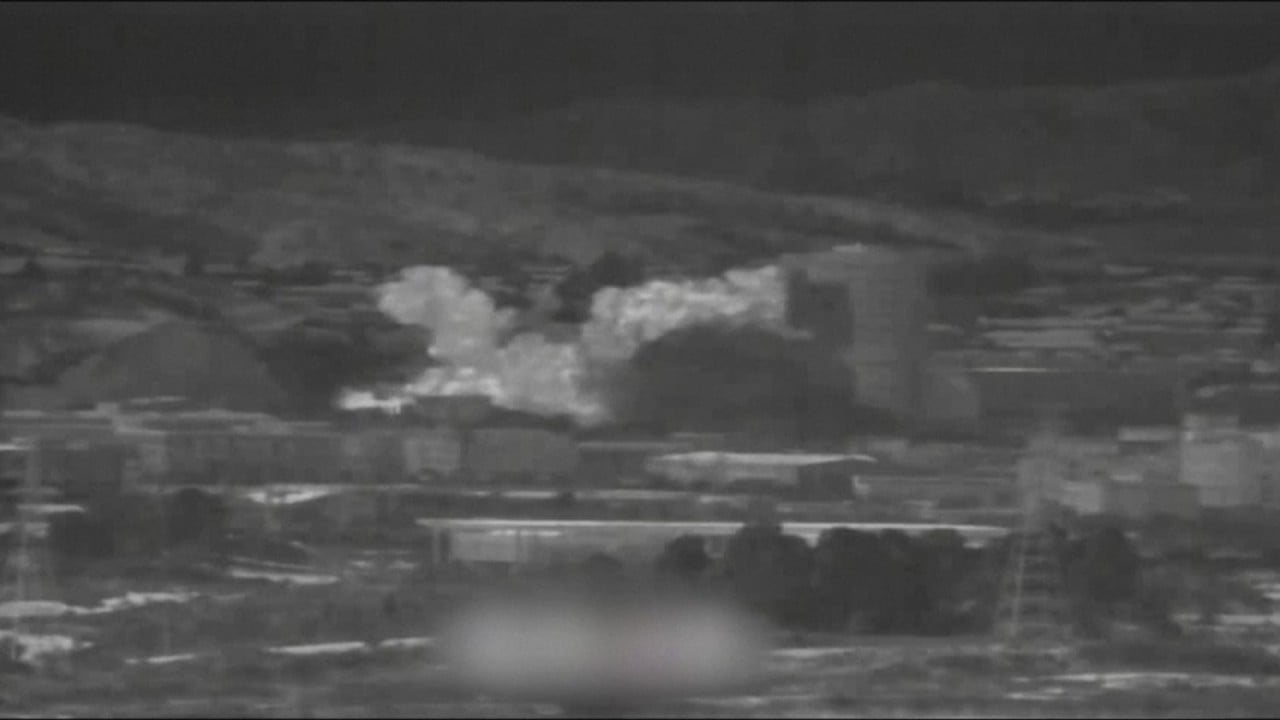
70 years since the Korean war, the threat of armed conflict still hangs over the peninsula
- North Korea’s destruction last week of the inter-Korea liaison office in Kaesong dashed hopes that international diplomacy over the past few years was finally healing divisions
- A dual-track approach is needed to defuse Pyongyang’s nuclear threat and bring peace to a divided Korea
The North Korean attack on South Korea in June 1950 upended the political universe of the day, occasioning a seismic shift in northeast Asia’s geopolitical tectonic plates. The Korean war, which began 70 years ago on June 25, never formally ended.
And in reality, little has changed on the ground over the intervening years since an armistice was signed in July 1953 ending the hostilities, in terms of a deeper understanding of the war itself as well as its underlying causes and meaning. For some, the mantra “We’re still at war, it’s only a truce” still rings true.
Historically, the 1950 war was the last of five conflicts over the last 150 years in and around the Korean peninsula, during which there has been a discernible shift from the hegemonic power projection by a single state actor to a duopolistic power configuration.
China ceded its hegemonic status vis-à-vis Korea following two rounds of war with Japan in the 1880s and 1890s, after which the latter cemented its status as the hegemonic power in control of the peninsula for the next four decades following the Russo-Japanese War of 1904-05.
The fourth conflict, World War II, saw Japan stripped of its hegemonic status in 1945, only to be replaced by a duopoly composed of the US and Soviet Union. That duopoly in turn was replaced in the fifth conflict – the Korean war. Although it began as a civil conflict, it quickly morphed into a “great power” confrontation following US and subsequently Chinese intervention, the former under the aegis of a United Nations Security Council mandate to “repel aggression” and the latter in a defensive mode replacing the Soviet Union as the North’s primary lifeline and backer.

Nevertheless, the Korean war ended as it began – with a divided Korea. And as long as Korea remains divided, the legacy of the war will endure.
Overcoming that legacy remains a work in progress. Both the 1954 Geneva Conference, provided for in the Korean Armistice Agreement with the goal of reunification, and the Four Party talks from 1997 to 1999 – involving the two Koreas, China and the US – failed to resolve the Korean conundrum.
This duopoly or hybrid model has held for the last three-quarters of a century and is now a permanent feature integral to the structure of a troubled peace on the peninsula (although the US is the only outside power actually militarily present). According to former US secretary of state Henry Kissinger, this is what makes a China-US joint statement of “objectives and implicit actions on Korea’s political future” a “prerequisite for denuclearising Korea”.
Ideally, the two outside powers would jointly provide security guarantees to both Koreas, superseding the 1954 US-South Korean security alliance.

02:44
North Korea ‘blows up’ inter-Korean liaison office in Kaesong
Regrettably, the return to a more foreboding security environment appears inevitable. The strategic choices with respect to the North Korean nuclear threat now, as before, are stark: retaliation in the event of an imminent launch, running the risk of a nuclear conflagration; acceptance of Pyongyang as a nuclear power, in violation of the nuclear non-proliferation treaty and in the wake of innumerable UN Security Council sanctions resolutions; or containing the threat diplomatically.
In reality, only the third option offers a plausible path forward, in which North Korea and the outside nuclear powers, including the US, China and Russia, would formally negotiate a new regional strategic framework declaring the Korean peninsula a nuclear-free zone while progressively implementing the measures needed for a “a lasting and stable peace regime”.
The above would replace the previous goal of “complete verifiable, irreversible denuclearisation”, the centrepiece of previous rounds of Six Party talks in the 1990s and early 2000s. Rather than denuclearisation as a prerequisite to peace, which was never realistic given Pyongyang’s security concerns, the two goals of peace and denuclearisation would be pursued in tandem. A multilateral, step-by-step process offers the best hope of ending the Korean war before the 75th anniversary of its outbreak.
John Barry Kotch is a former US State Department consultant and previously served with the UN Command in Korea

